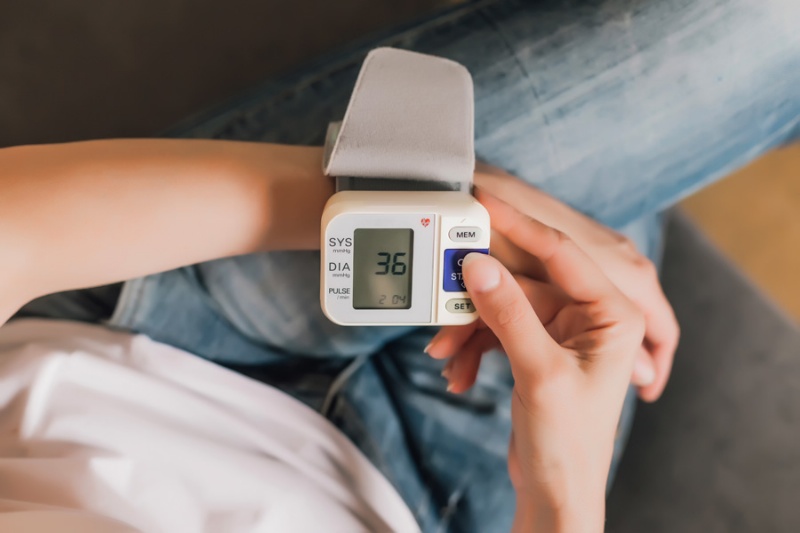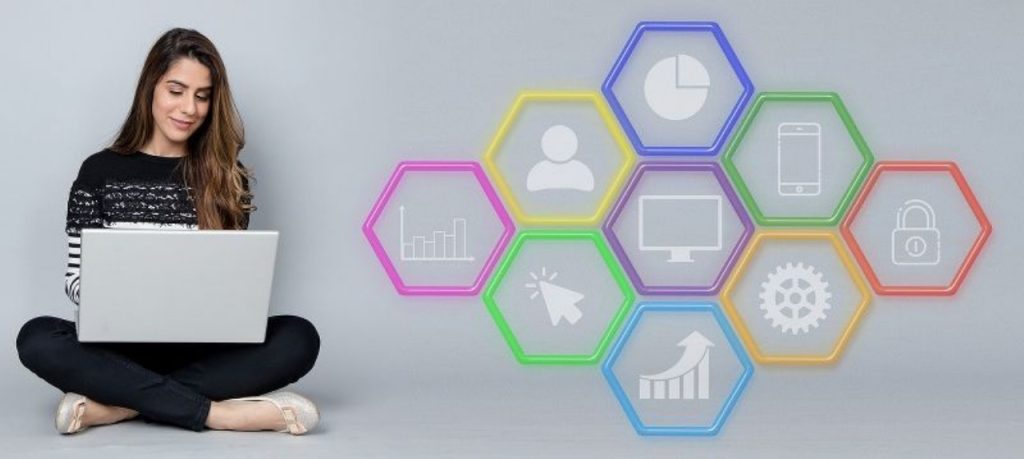
Visits: 75

Taking blood pressure is an action that should be part of everyone’s habit. A scheduled check-up at scheduled intervals serves to have an up-to-date clinical picture of the state of health of one’s heart and prevent more serious diseases. Blood pressure is the force exerted by the blood flowing through the veins with a certain force on the walls of the blood vessels.
The correct pressure values
The pressure, also called arterial, in order to be considered standard and therefore corresponding to good conditions, must respect particular values. In fact, when the pressure is measured, reference must be made to two data. In an adult the systolic pressure (maximum) which normally corresponds to the first number of the survey can be considered normal if it remains around the value of 120 *e* while the diastolic pressure (minimum) must always remain below 80. This increases o decrease the pressure are the heartbeats: the value increases if the frequency of the beats increases, otherwise you will see its decrease when the heart releases its beats.
How often should blood pressure be measured?
For elderly people or people with pathologies, the measurement must be performed at regular intervals. If blood pressure is not adequately controlled or underestimated, it could be the alarm bell for the real state of health of the heart and therefore give rise to critical issues related to hypertension (values that are too low) or hypotension (values above the standard limit).
The check can now also be performed from home; in fact, it is no longer necessary to go in person to your general practitioner, cardiologist or pharmacy. There are different types of sphygmomanometers on the market, all of which can be easily purchased in stores, and also online.
What meters to use?
The traditional aneroid blood pressure monitor is made up of a sleeve to be worn around the left arm, above the elbow combined with a dial for viewing the parameters and a phonendoscope for listening. Increasingly popular is the electronic digital wrist or arm pressure gauge. Starting is by push button or touch. The device carries out the detection in total autonomy. The cuff inflates until it tightens the limb at the right point and at the end the two reference values appear on the combined display. Reading, therefore, is really intuitive and the margin of error is reduced to a minimum. The most modern electromedical devices for pressure tests are designed to also offer some additional services: through a dedicated application it is possible to store and send data directly to your doctor in real time, the readings can be memorized thanks to an internal storage of the program in order to create a diary for immediate comparison of parameters in a given period of time. In addition to this, some more advanced devices can also be used by a second user.
These devices have a rather low cost: prices vary from a minimum of 30/40 euros to a maximum of 80/90 euros for the more advanced ones.
Rules for correct measurement
To have a reliable pressure reading there are some rules to respect. For example, it is advisable to carry out the screening when you have been at rest for at least twenty minutes, avoiding having it checked immediately after physical activity or after a major physical effort. Even smokers or consumers of alcoholic beverages will have to avoid the consumption of these substances at least one hour before the survey. Nicotine and alcohol narrow the arteries, putting strain on the heart and limiting the amount of oxygen. To have a precise clinical picture of the pressure, it is preferable to carry out the test sitting with the back supported and keeping the arm stretched out on a support surface at heart level, all in total relaxation and calm. Furthermore, avoid having electronic devices turned on such as television, PC or mobile phone around as for sphygmomanometers with wireless application they can disturb data transmission. It is also advisable to test the parameters in the morning, when the body is not yet tired by the hours of the day and always in a cool environment. It is no coincidence that in summer we can often feel tired and exhausted, especially after prolonged exposure to high temperatures. At the same time, even too cold a climate does not help the pressure, since it contributes to raising the values. Another precaution, which few people know about, consists in carrying out monitoring with an empty bladder: holding the pee requires a muscular effort and a state of body tension. If in doubt about the values obtained, it is better to double check and repeat a second measurement.
Recommendations
Some recommendations should also be referred to maintenance and cleaning. The sleeves can be cleaned with a damp cloth, as can the display. Never resort to the use of aggressive detergents, thinners, solvents which could damage the electronic components. All the devices on the market are always sold together with their case in order to protect them and keep them safe for transport even outside the home.
These devices are the result of long experimentation and study and research activities. The history of the sphygmomanometer starts at the end of the 19th century when the Italian doctor Scipione Riva Ricci perfected the use of this mercury instrument which had previously been invented by his fellow doctor Samuel Karl Ritter von Bosch in Austria. Since then, the history of this device has continued to rise to the point of allowing you to carry out a self-diagnosis of blood pressure even from the comfort of your home.
Originally posted 2023-03-15 20:40:10.


